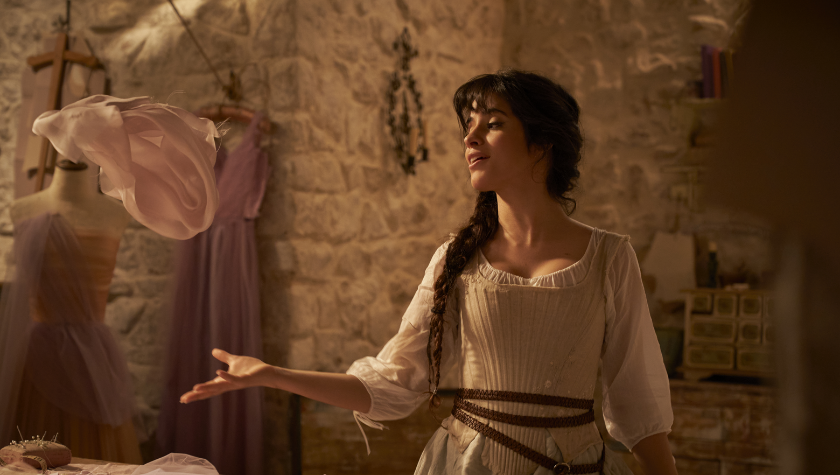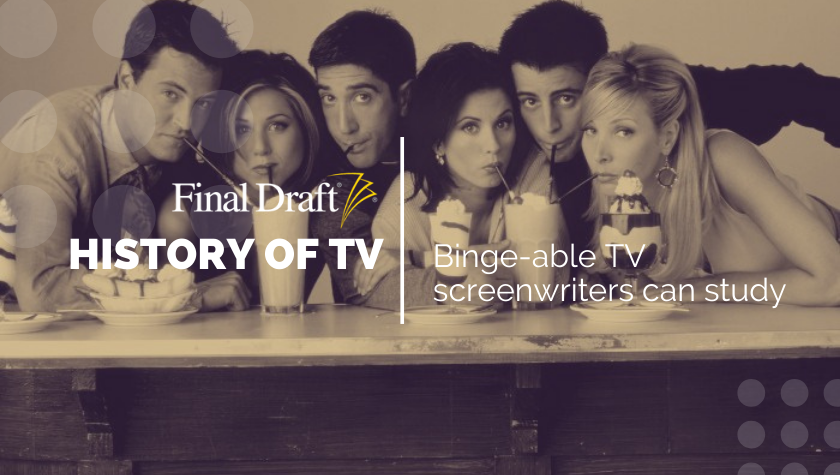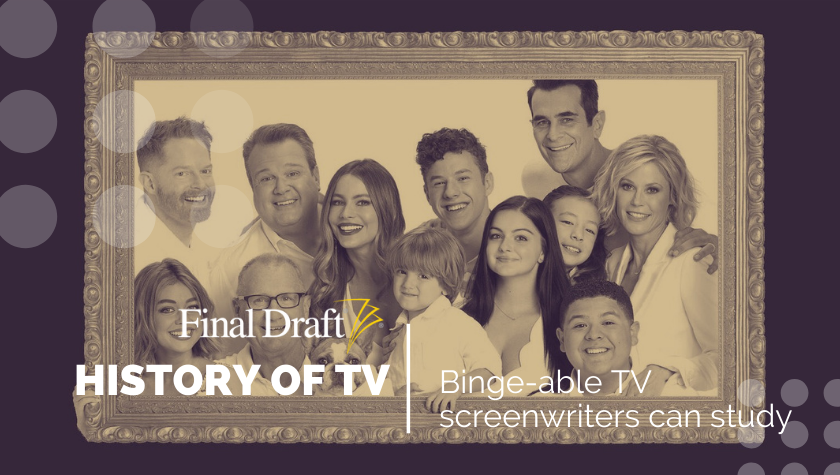History of TV: ‘Once Upon a Time’ Reinterprets Fairytales for the Modern Audience
December 24, 2020
2020 deserves a happy ending, and Once Upon a Time was that kind of persistently positive show that believed happily ever afters were possible — even in the most horrible place imaginable: The Land Without Magic. Aka: real life.
Living a couple of neighborhoods over from where ABC’s fantasy adventure drama was shot in the small fishing community of Steveston, British Columbia, Canada — which through movie magic doubled as Storybrooke, Maine — meant I could visit Mr. Gold’s Pawn Shop and sip a latte at the Storybrooke Coffee Shop. It also meant that coupled with my love of Disney, the show’s inventive interpretations of beloved tales and folklore, I absolutely fell in love with Once Upon a Time.
How to structure a fairytale for the modern audience
Seven seasons isn’t too shabby for a show based on a fairytale princess. While Snow White (played by the endearing Ginnifer Goodwin, Big Love) isn’t quite the one from the OG Disney animated 1937 classic, her optimism remains. It’s also her relationship with Prince Charming (Josh Dallas, Manifest) that remains the touchstone of the show as a source of inspiration, but also the manifestation of what hope and belief in yourself look like. So, despite subject matter that deals with mystical creatures and curses, the show humanizes fairytale characters through “real” goals and losses, to beautifully ground it in the idea that no matter what, we all need hope (a notion to really get behind, this year especially).
Each episode alternates between Fairy Tale Land where folklore, Greek mythology, and original Disney characters mix and mingle, and the real world; in this case the invented seaside town of Storybrooke. Season one is one big set-up where none of the fictional characters remember who they really are, having been cursed by the Evil Queen (the exquisite Lana Parrilla) to live in the real world as revenge on Snow White and Charming. Through serialized flashbacks, we are slowly made privy to their former lives in the Enchanted Forest and beyond — and how their actions and consequences there are connected to their present-day lives in Storybrooke as played out through the A story of the episode. This breadcrumb approach also ensured audiences would want to tune back in the next time to find out more.
Later seasons take us to Neverland, Frozen’s Arendelle, Wonderland (which had its own short spin-off), and Oz, while in season seven we are relocated altogether to Hyperion Heights from Storybrooke and the characters are under a new spell. Confused yet? While it sounds complicated, the show is quite procedural in nature and becomes a comfort to the audience as they always know what to expect from the story when tuning in. Most notably: a happy ending.
Strong character arcs for staying power
Creators Edward Kitsis and Adam Horowitz of Lost and Felicity fame sought to create a show featuring strong female leads. They accomplished that feat with Emma Swan (Jennifer Morrison). The daughter of Snow White and Charming (Mary Margaret and David in the real world), she's a far cry from the expected Disney damsel in distress. Swan is a bail bondsperson (which she clarifies for a scumbag in the opening minutes of the pilot) who gave her son up for adoption at birth, and the entire first season is dedicated to getting her to believe — in fairytales and in herself. She has to be brought around to the idea of love and of hope. And when she does, it’s not to fall in love (although she does that too eventually; with Captain Hook, no less), but rather a familial love with her son and being reunited with her parents.
On the opposite side of the good-evil spectrum is Regina (the Evil Queen), who has raised Emma’s son since birth. Through these two women and their co-parenting of Henry (Jared Gilmore) the show continually examines the concept of motherhood through various perspectives, broadening the idea of both it and the family unit at large.
To me the most interesting character arc was that of the Evil Queen/Regina Mills, who in the end has more sides to her than a shattered mirror — while Snow White’s heart doesn’t stay pure as the driven snow. These kinds of growth arcs solidified the show’s staying power.
As did character choices that strayed from original interpretations. The show crossed storybook worlds, where Mulan fell in love with Princess Aurora, and Ruby (Little Red Riding Hood) and Dorothy from The Wizard of Oz were the show’s first LGBTQ couple. Not only were these beloved female characters wonderfully portrayed, their love stories tugged at the heart strings. As Mulan wisely tells Ruby, “Don’t make the same mistake that I did. Don’t wait until it’s too late to tell someone how you feel.”
Hope at the heart of it all
The strongest and most prevalent theme of Once Upon a Time was the idea of hope. Eternal in its characters, hope was deep-rooted in all of their choices and actions. The show went beyond the “break the curse” fantasy trope, prevailing as long as it did largely because of its multifaceted characterizations of storybook characters we thought we knew. They each went on a journey of the soul; it wasn’t so much about landing in this strange new place where magic doesn’t exist, but rather about what they had lost through the curse and coping with their new reality.
As Charming relentlessly stated to Snow (in the least creepy way possible), “I will always find you.” She believed him, and so did the audience. That recurring message cropped up with other characters — the Charmings found their daughter, Emma, against all odds; Emma found her son Henry, and so on — becoming a kind of dependable mantra. They believed it, and thus never lost hope. Cheesy, I’ll grant you that, but the kind of cheese one can happily give into as one of the most challenging years to date draws to a close.
In retrospect
The Disney machine cranked out a hit with its live-action modern fairytale, and it’s not too far a leap to imagine that the show partially set the stage for the big screen adaptations of the company’s animated classics that followed. Once Upon a Time also proved that while some characters, tropes and stories are classics, that doesn’t mean they can’t be reinterpreted for a more inclusive take that acknowledges our diverse reality.
Find episodes of Once Upon a Time on Disney+.
Written by: Karin Maxey
After seeing her first big screen movie 007: License to Kill at age six, Karin naturally became obsessed with writing action-infused stories. The next time she’d see Benicio del Toro was in person, at the 68th Cannes Film Festival—he was there for the Sicario red carpet, she was there for her first produced short film in the basement of the Palais…same-same. In between, Karin earned a Creative Writing Degree and landed management at Echo Lake Entertainment. Her scripts have been a Big Break Top 3 finalist, HollyShorts Film Fest Official Selection, and a multi-Screencraft competitions semi-finalist. Karin is also a screenplay editor who delights in the process of polishing writers' work for submission. You can find her at www.writergirlkarin.com.- Topics:
- Discussing TV & Film




